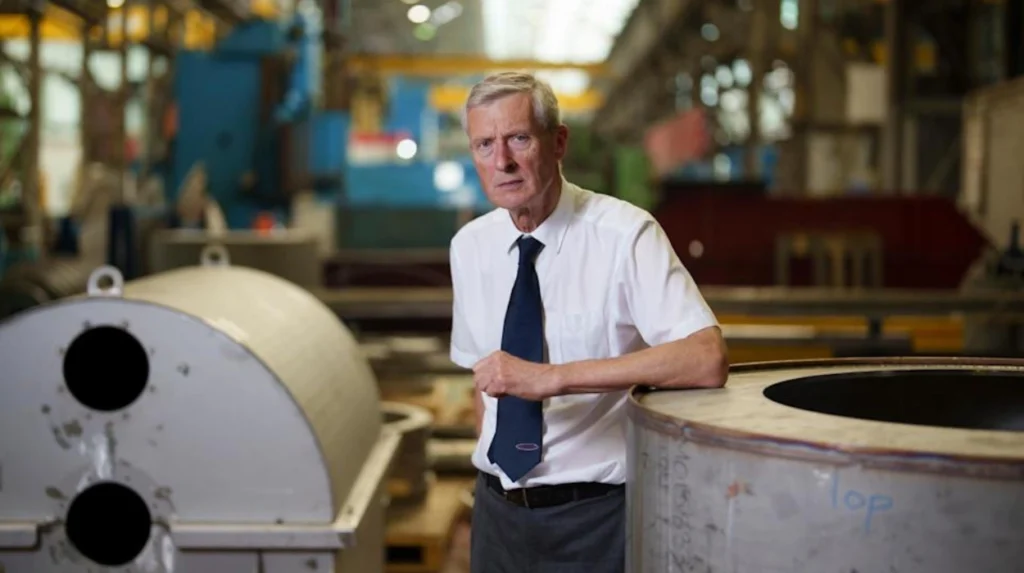Following years of fluctuating demand and global disruptions impacting Europe’s largest economy, German engineering production is forecasted to experience a modest rebound in 2026. Industry experts and lobbying groups representing manufacturing sectors in Germany suggest cautious optimism amid ongoing challenges such as geopolitical tensions, supply chain bottlenecks, and energy price volatility.
The engineering sector, a cornerstone of Germany’s industrial strength, has played a pivotal role in export revenues and employment, but recent years saw contractions due to a mix of external shocks and structural shifts. The latest forecast from the VDMA (Verband Deutscher Maschinen- und Anlagenbau – Mechanical Engineering Industry Association) provides nuanced but hopeful projections that production will stabilize and grow slightly next year.
Economic Context and Sector Challenges
Germany’s engineering industry has had to navigate complex headwinds, including the pandemic’s aftermath, disruptions caused by the war in Ukraine, and global inflationary pressures affecting input costs. Supply chain disruptions, especially in semiconductor availability and raw materials, negatively impacted production timelines and output. Moreover, energy costs have risen significantly, causing pressure on manufacturing margins.
The VDMA’s report highlights that despite these factors, ongoing demand from key sectors—particularly automotive, energy technology, and digital infrastructure—is expected to underpin a modest recovery. The association’s president emphasized that
“While we remain cautious, the improving macroeconomic environment and renewed investments in digital and sustainable technologies are setting the stage for a stabilization of engineering production in 2026.”
German federal government policies aimed at advancing green transition and digital transformation are also seen as pivotal. Industrial leaders have welcomed subsidies and incentives that encourage innovation and energy-efficient practices. The president of a leading industrial federation remarked,
“Our sector is at a crossroads where ecological sustainability and cutting-edge technology coincide, offering new growth avenues despite short-term difficulties.”
Production Outlook and Growth Expectations
According to VDMA, production volumes in key subsectors such as machinery manufacturing, automation, and electrical equipment are expected to rise by approximately 1-2% in 2026 after contractions in recent years. This growth, while modest, signals a reversal of the decline witnessed during the pandemic and the supply chain crises.
The association’s detailed figures predict that automotive-related engineering will benefit from restructuring efforts as electrification gains momentum, though legacy segments will continue to face challenges. The transition to electric vehicles demands substantial retooling and innovation, which is seen as a driver of future production growth.
An engineering sector analyst commented,
“The German engineering industry is adapting to global market shifts, focusing on adding value through advanced manufacturing techniques and digitalization. This adaptation will support moderate recovery, but uncertainties remain.”
Industry Reactions and Strategic Shifts
German engineering firms are responding to these market conditions with strategic reassessments focused on flexibility, diversification, and technological upgrades. Many companies have accelerated investments in automation and AI-driven manufacturing processes to enhance productivity and reduce dependence on vulnerable supply networks.
Business leaders acknowledge that while the recovery is modest, it is meaningful given the backdrop of recent disruptions. A CEO of a mid-sized engineering manufacturing company stated,
“We see 2026 as a year to rebuild resilience and competitiveness. The investments made today will determine our ability to capture future growth opportunities.”
Small and medium-sized enterprises (SMEs), which make up a large share of the engineering landscape in Germany, face particular challenges in accessing capital for innovation amid tight financing conditions. Some industry voices stress the need for more targeted government support to ensure these vital players can participate fully in the recovery.
Geopolitical and Global Market Influences
The global economic situation and geopolitical tensions continue to cast shadows over the manufacturing outlook. The ongoing conflict in Eastern Europe, fluctuating relations with China, and the evolving US-Europe trade dynamics affect export demand and supply chain stability.
The VDMA president noted,
“External geopolitical factors remain significant risks to our sector. Stability and open trading conditions are essential for maintaining Germany’s engineering leadership globally.”
Many German exporters are hedging their strategies by expanding their presence in emerging markets and seeking new trade partnerships to mitigate risks.
At the same time, international competition, especially from emerging economies with rapidly advancing engineering capabilities, is intensifying. Maintaining technical leadership and innovation excellence is seen as crucial for Germany to sustain its competitive position.
Energy Transition and Sustainability as Growth Drivers
An increasingly important theme for German engineering production recovery is the integration of sustainability into industrial processes. Renewable energy technologies, energy-efficient machinery, and environmentally friendly production techniques are becoming core to the industry’s future.
Government incentives to promote climate-friendly practices align with companies’ growing commitment to sustainability goals. Industry experts highlight that this transition not only fulfills regulatory requirements but also opens up new markets and product categories.
A sustainability officer at a large engineering firm explained,
“Green transformation is a growth opportunity for us. By investing in eco-innovations, we aim to meet future regulatory demands and tap into global demand for sustainable industrial solutions.”
Outlook for Employment and Skills
The modest recovery in production is also expected to influence employment positively, with companies cautiously optimistic about stabilizing jobs and attracting skilled talent. However, the sector continues grappling with a shortage of qualified engineers and technicians, which poses a challenge to scaling up production capacity.
Workforce development initiatives and stronger collaboration with educational institutions are seen as critical steps to address these gaps. A human resources director in the engineering sector stated,
“Attracting and retaining skilled workers is vital. Our recovery depends not only on market conditions but on our ability to innovate and train people for tomorrow’s technology-driven manufacturing.”
The forecast for a slight recovery in German engineering production in 2026 marks a hopeful phase for a sector long considered the backbone of Germany’s economy. While the gains are modest and uncertainties linger, the combined effects of government support, innovation, and strategic resilience signal a path toward stabilization.
The German engineering lobby’s cautious optimism reflects broader economic dynamics; this recovery will require continual adaptation amid technological transformation and global geopolitical shifts. As one industry expert summarized,
“The coming year offers a chance to consolidate and prepare for future growth, but the industry must remain agile and forward-looking to succeed.”







